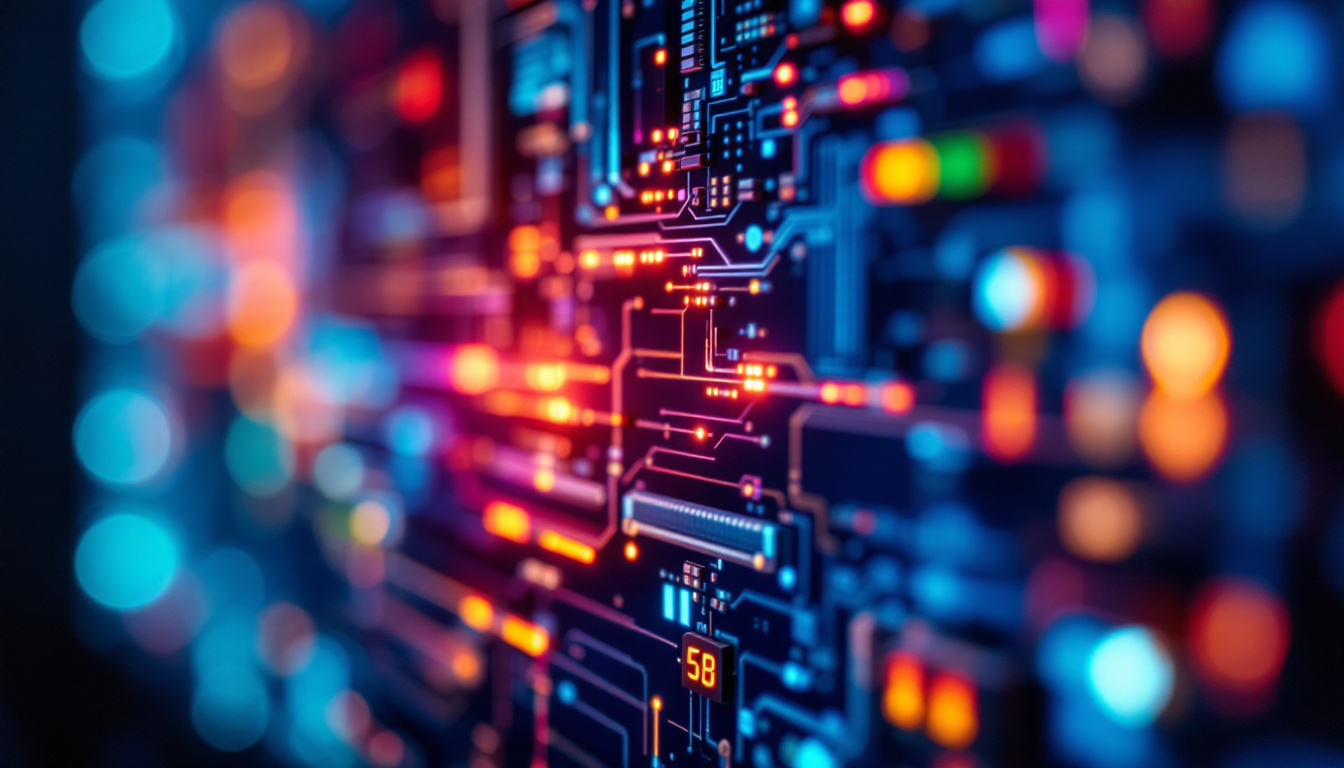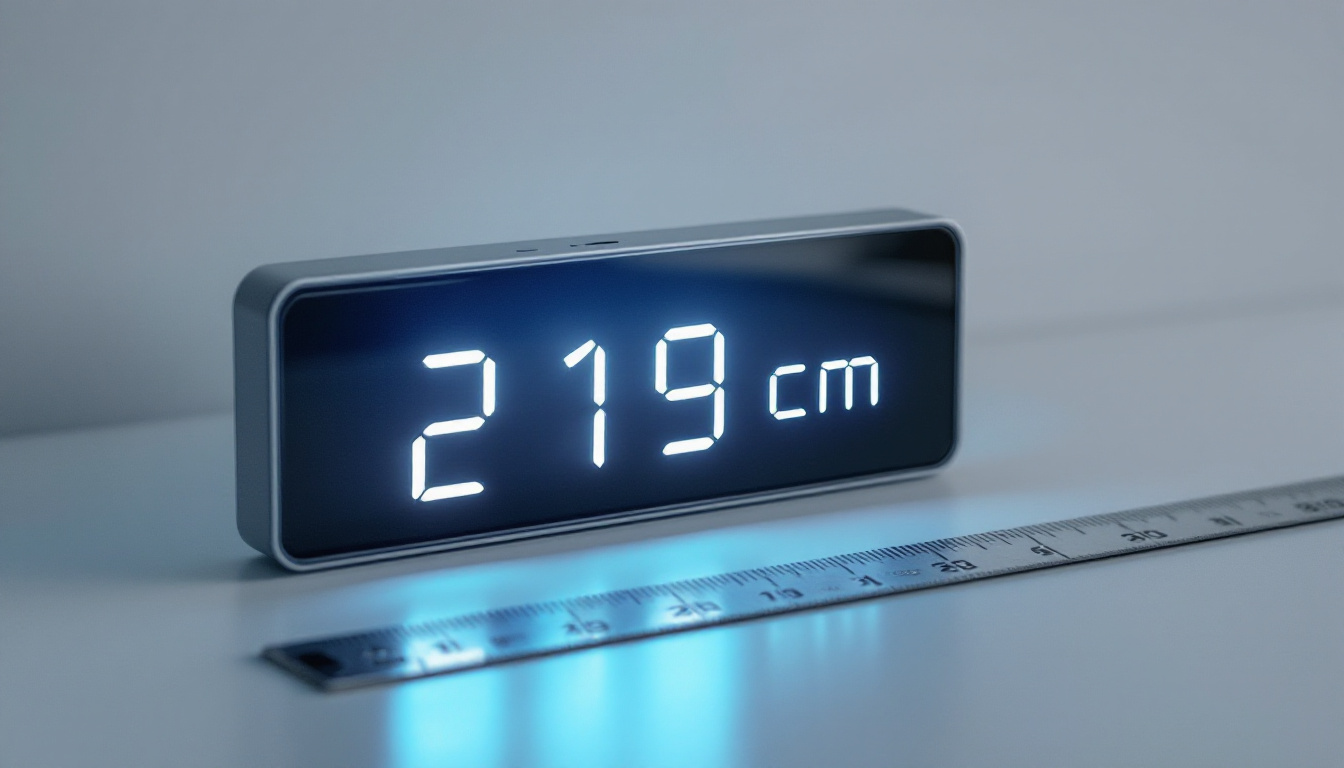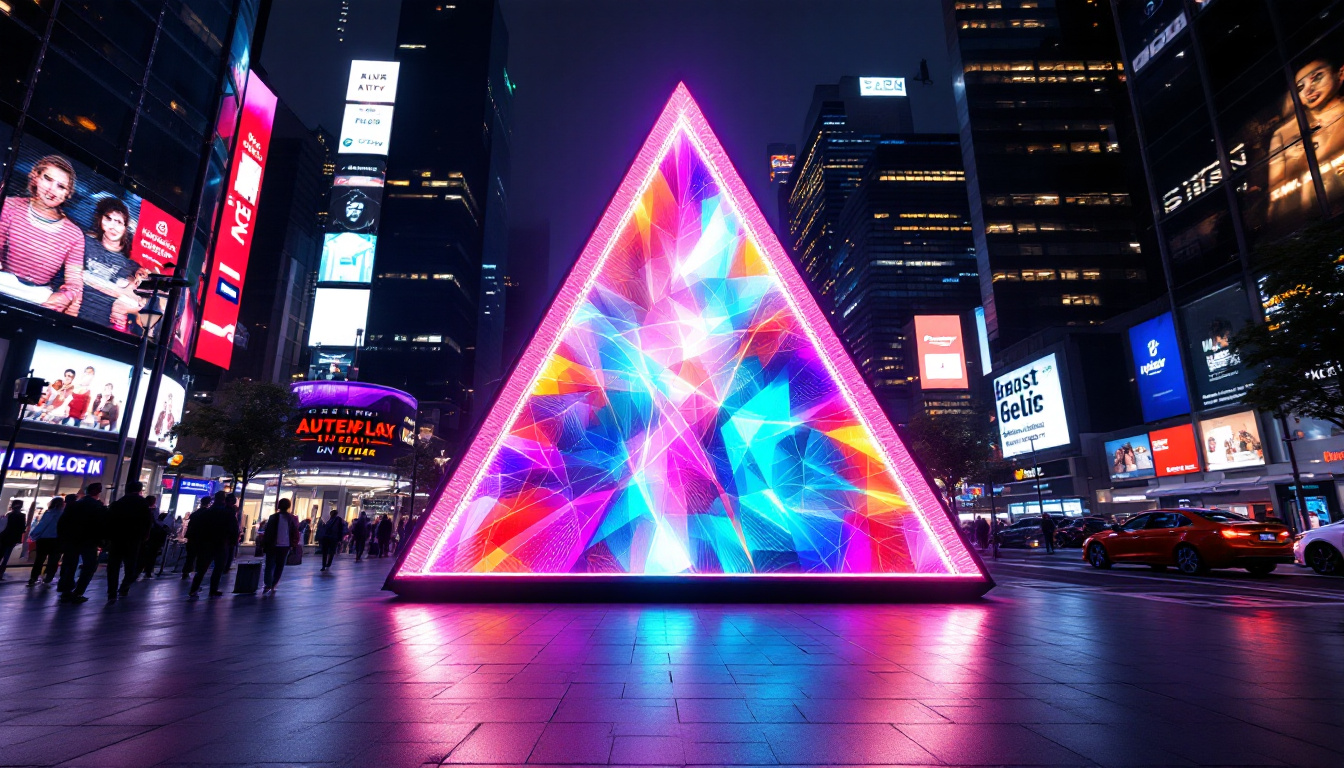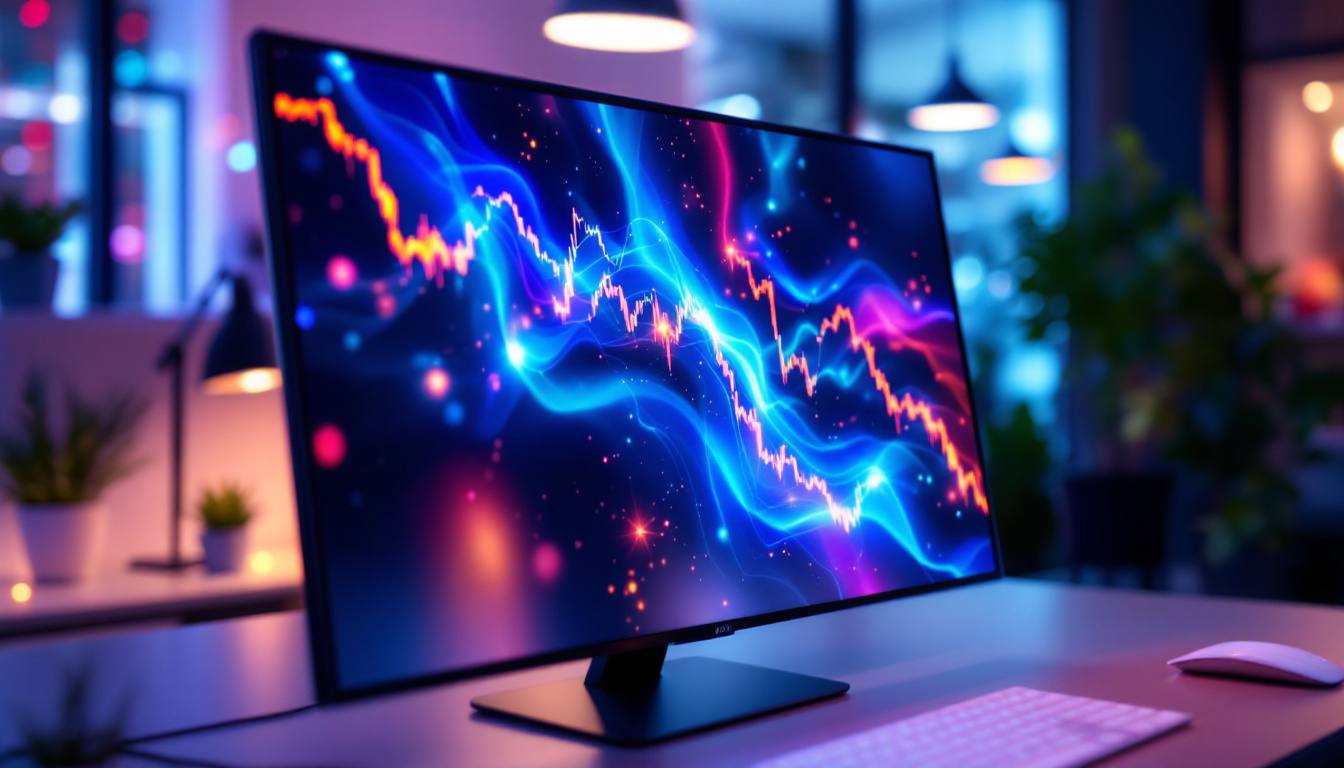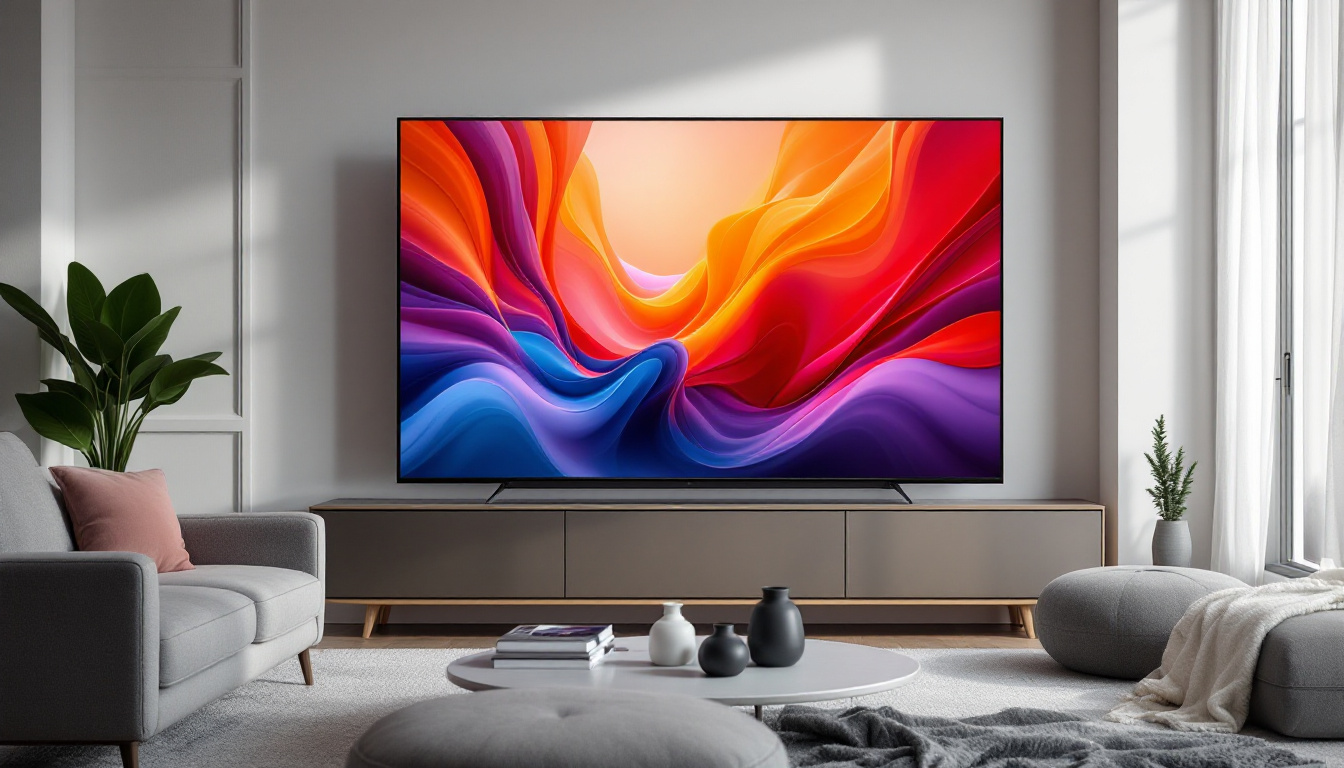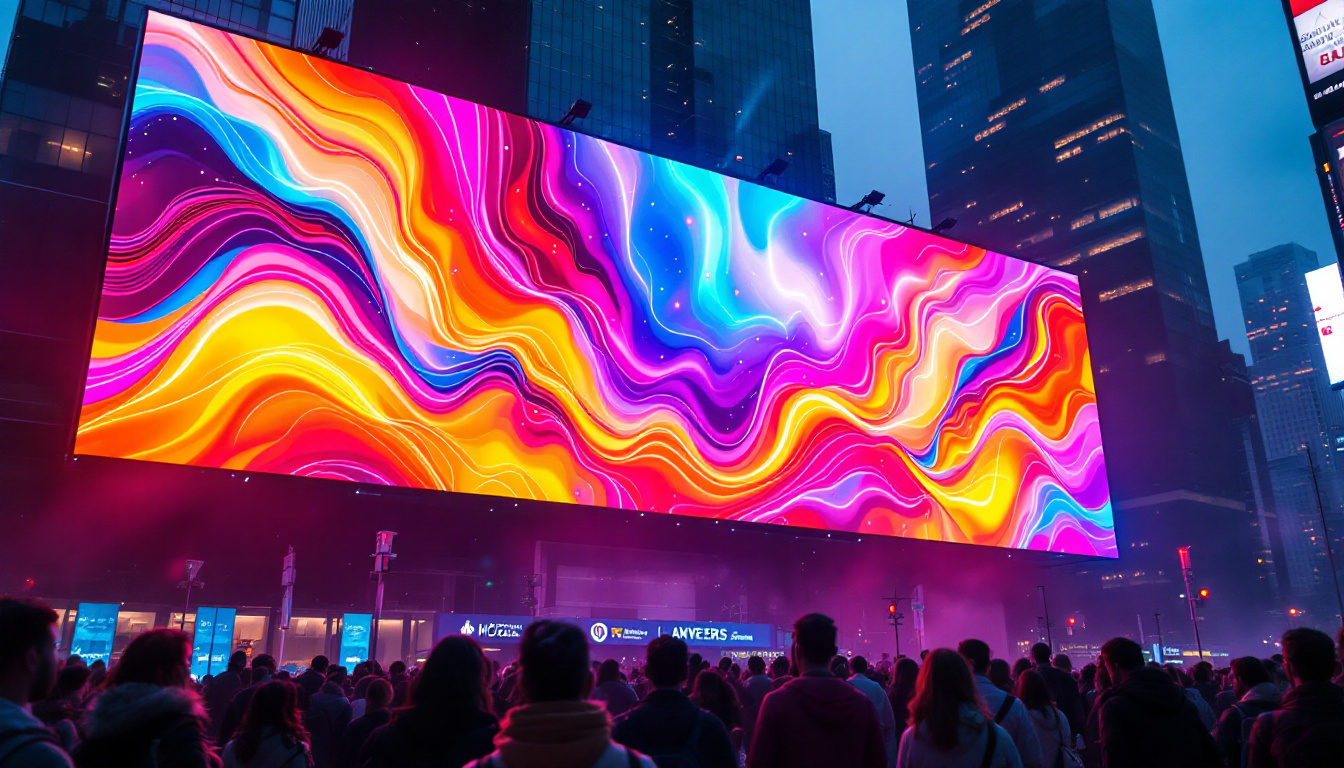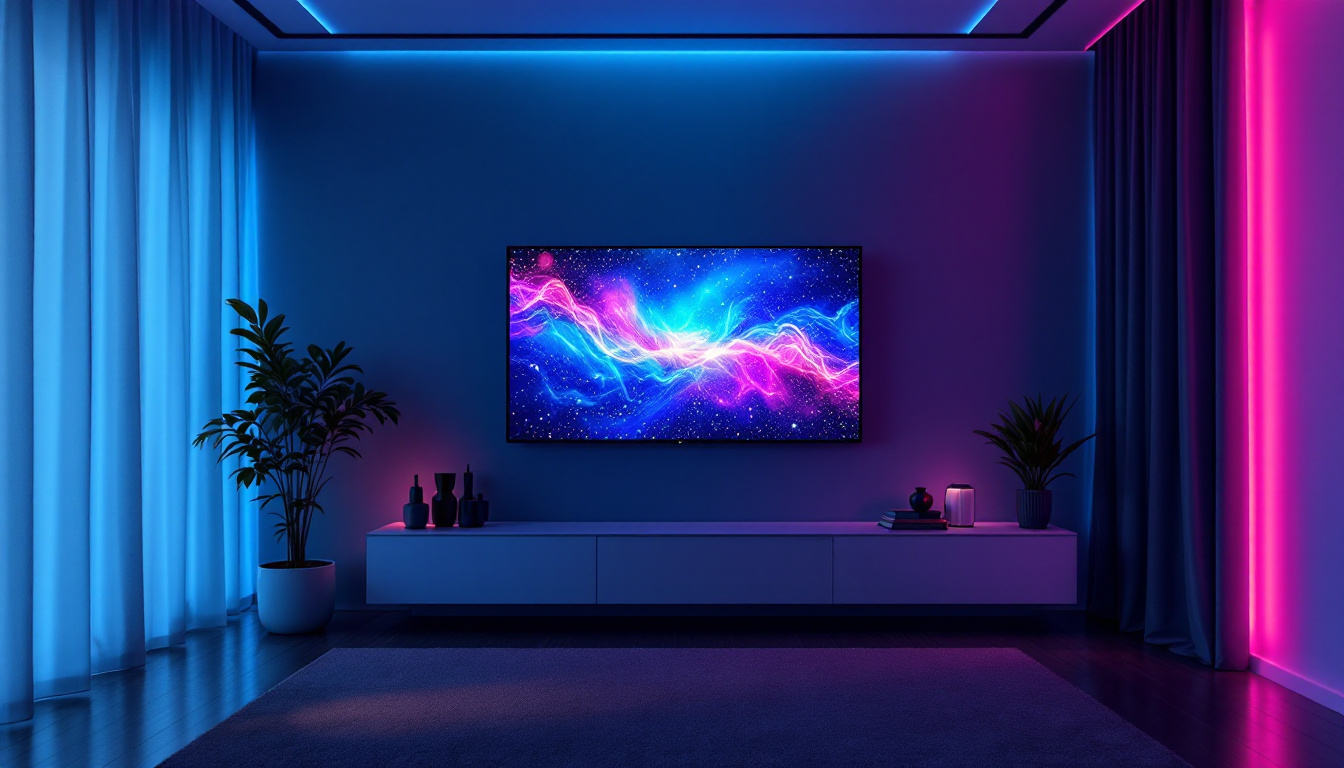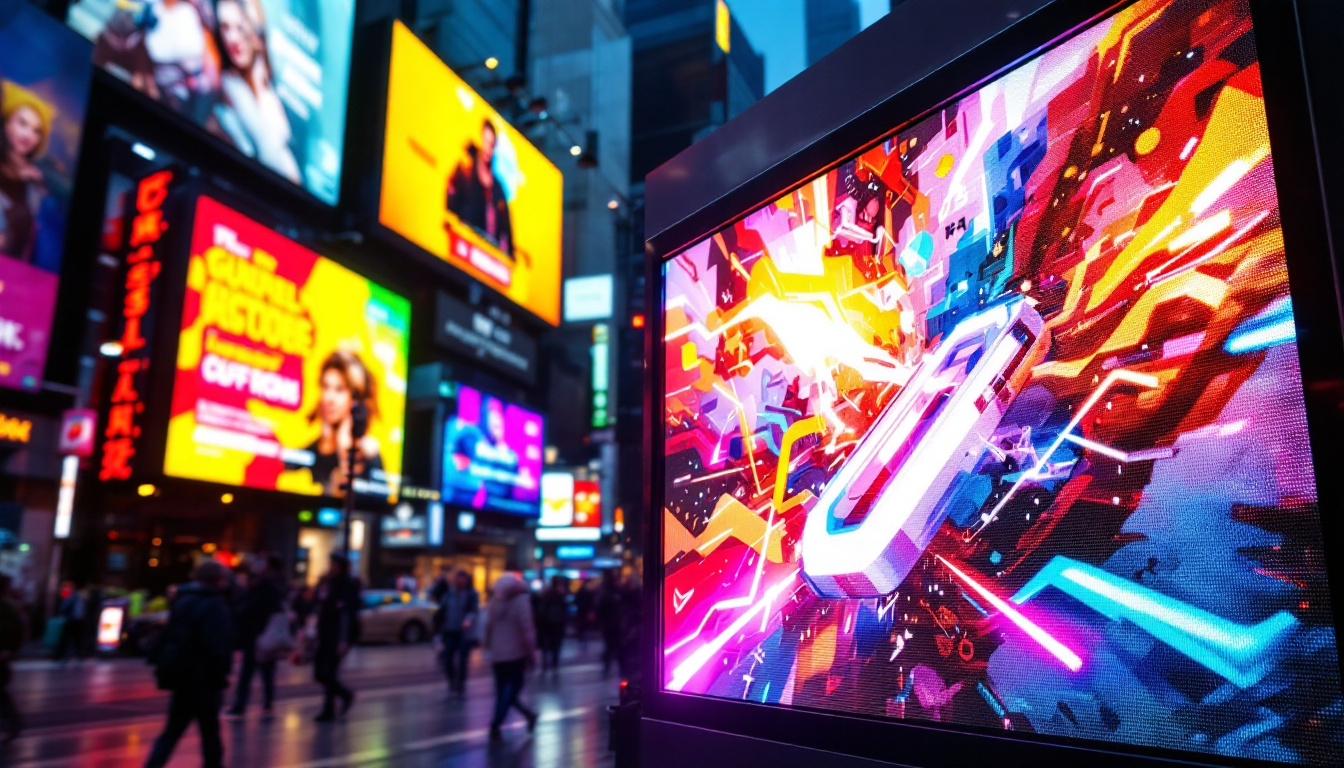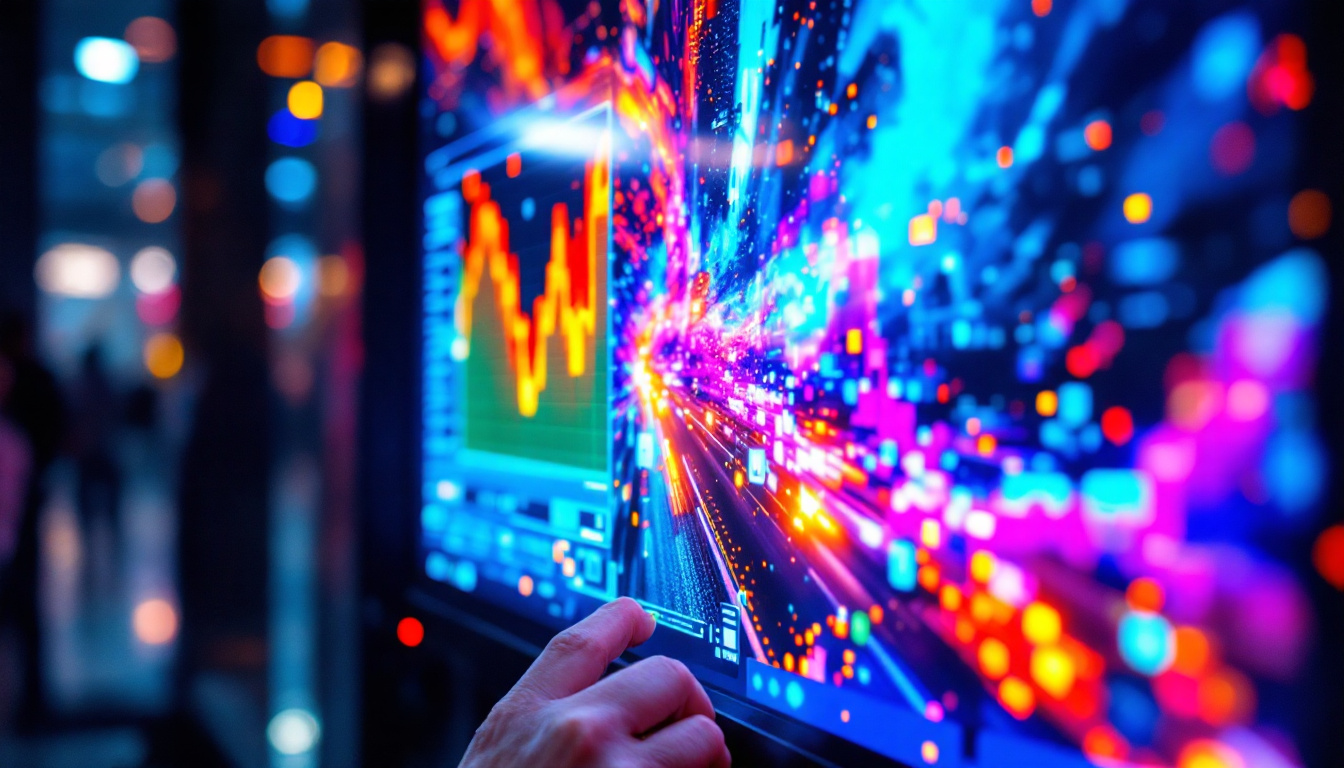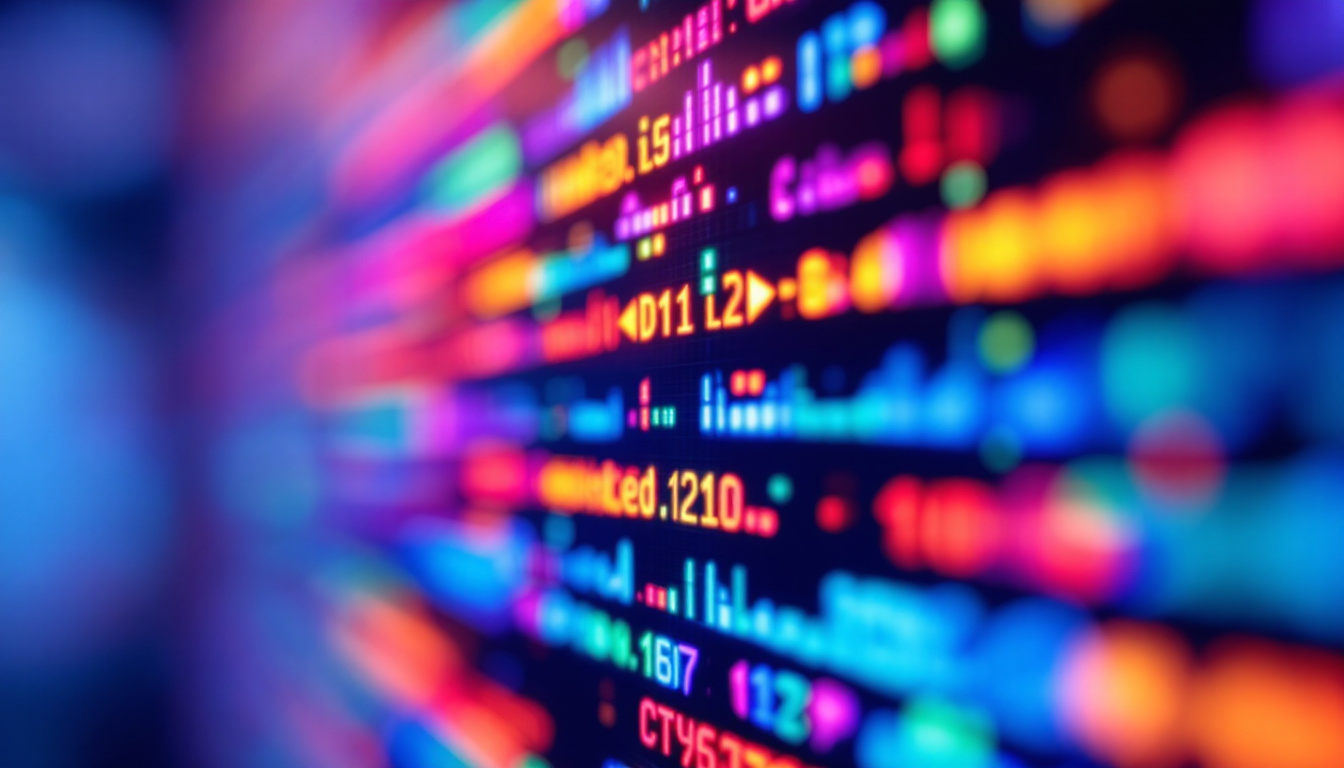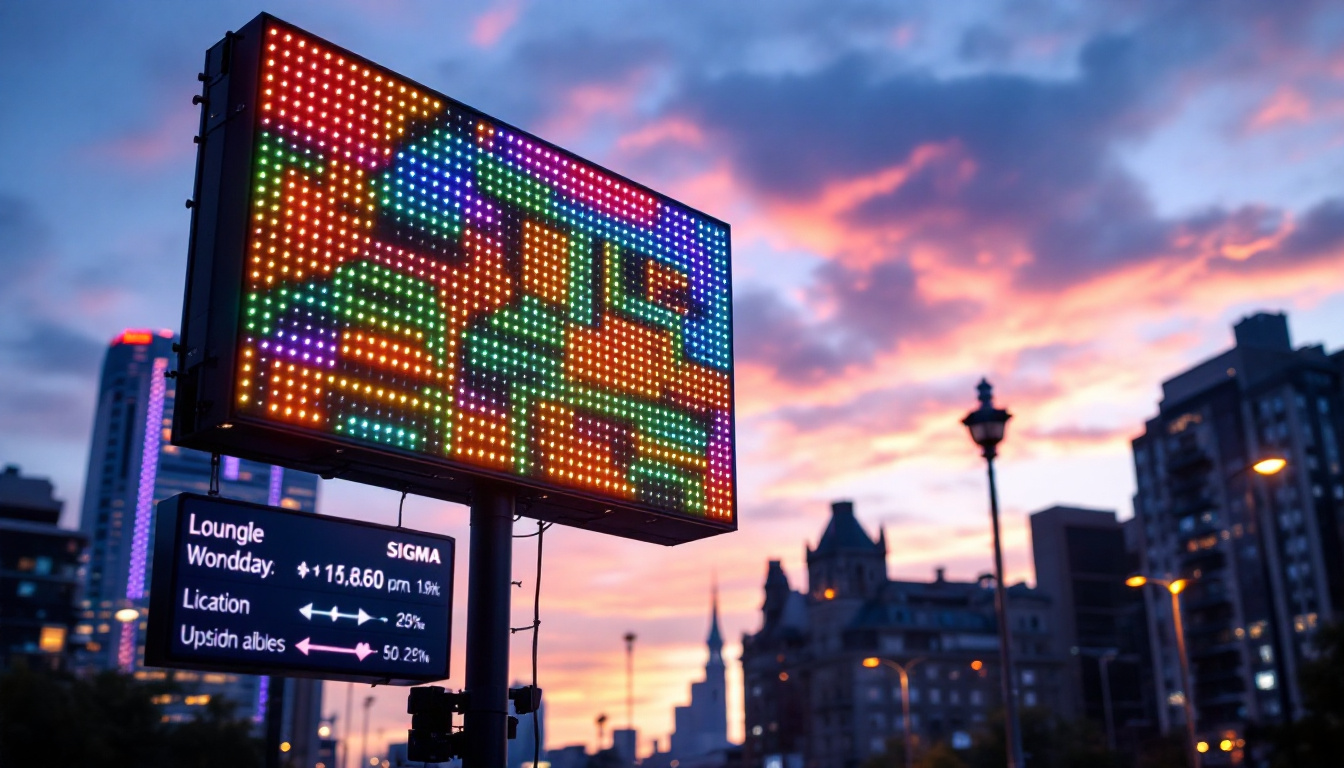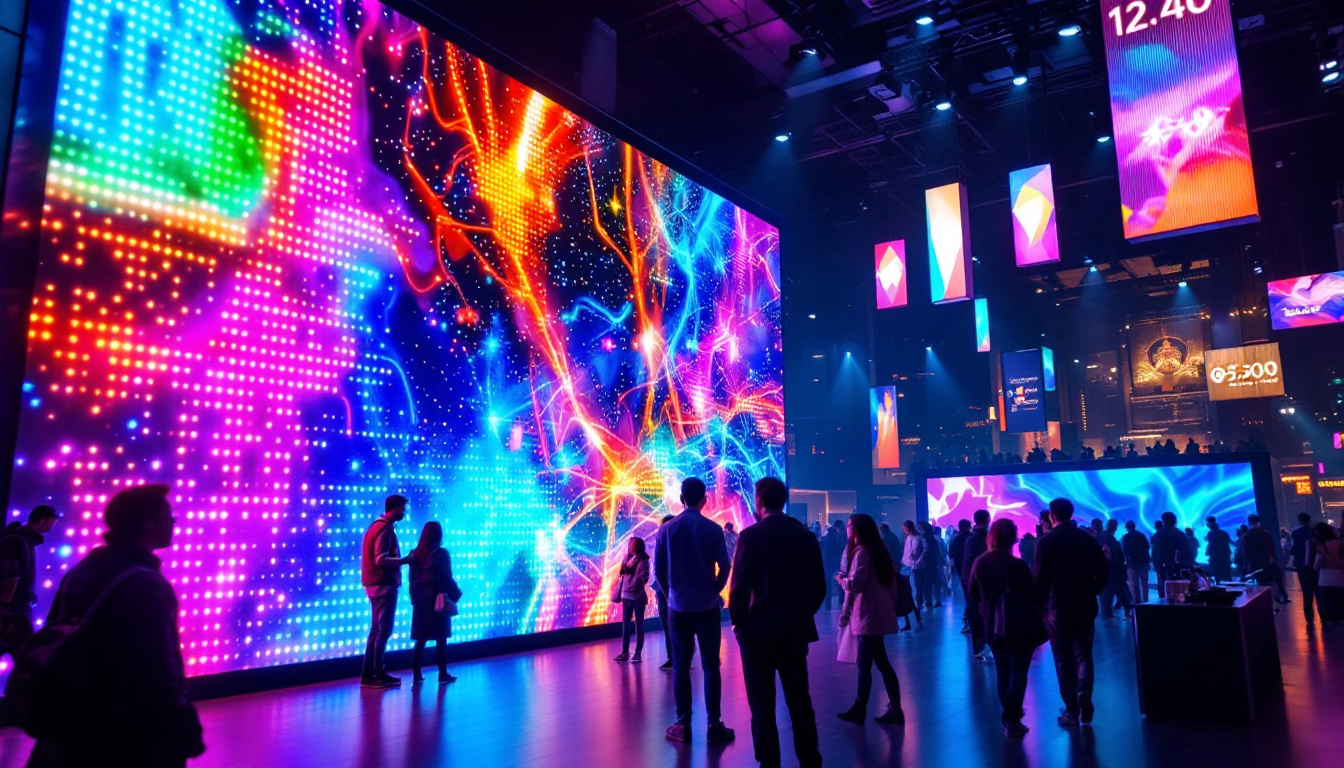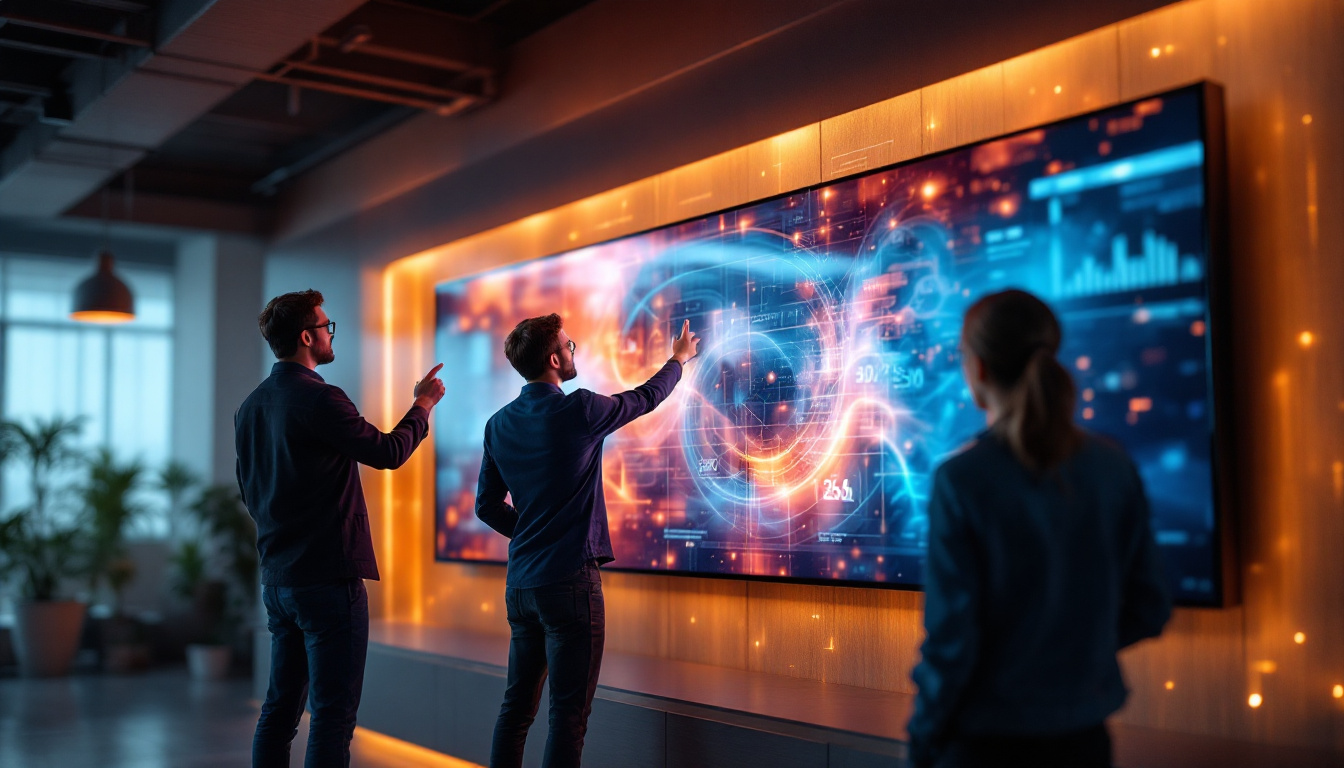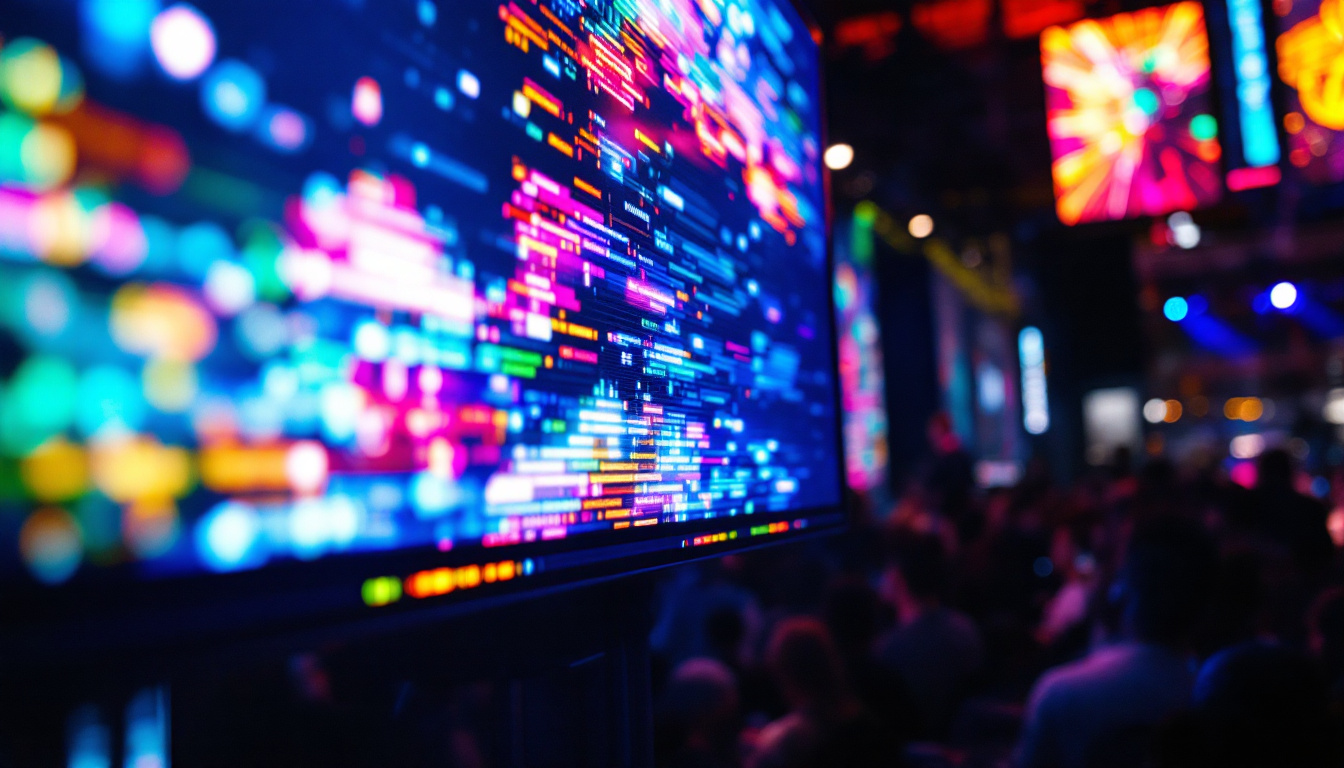In today’s digital age, flat displays have become an integral part of our lives, from smartphones and televisions to computer monitors and advertising billboards. Among the various technologies available, LED (Light Emitting Diode) displays stand out for their vibrant colors, energy efficiency, and thin profiles. This article delves into the intricacies of LED displays, exploring their technology, advantages, applications, and future trends.
Understanding LED Technology
LED technology is based on the principle of electroluminescence, where a semiconductor emits light when an electric current passes through it. This fundamental property allows LEDs to produce bright, colorful images while consuming less power compared to traditional display technologies. The efficiency of LEDs not only reduces energy consumption but also contributes to longer lifespans, making them a sustainable choice for both consumer and commercial applications.
The Basics of LED Displays
LED displays are essentially made up of numerous tiny LED bulbs arranged in a grid. Each pixel in an LED display is composed of red, green, and blue (RGB) sub-pixels. By adjusting the intensity of these sub-pixels, a wide range of colors can be produced, resulting in stunning visual experiences. This capability allows for dynamic content, such as videos and animations, to be displayed with remarkable clarity and vibrancy, making LED technology a preferred choice in environments ranging from sports arenas to art installations.
There are two primary types of LED displays: direct-lit and edge-lit. Direct-lit LED displays have LEDs placed directly behind the screen, providing uniform brightness and better color accuracy. In contrast, edge-lit displays have LEDs positioned along the edges of the screen, which can lead to thinner designs but may compromise on brightness and color consistency. The choice between these two types often depends on the specific application, as some environments may prioritize sleek design over absolute visual fidelity.
Different Types of LED Displays
LED displays can be categorized into various types based on their application and technology. The most common types include:
- LCD with LED Backlighting: These displays use liquid crystal display (LCD) technology with LED backlighting. They offer improved brightness and color range compared to traditional LCDs. This combination allows for thinner screens while maintaining high-quality images, making them popular in both televisions and computer monitors.
- OLED Displays: Organic Light Emitting Diodes (OLED) are a type of LED display where organic compounds emit light. They provide deeper blacks and higher contrast ratios, making them ideal for high-end televisions. The flexibility of OLED technology also enables curved and ultra-thin displays, further enhancing the viewing experience.
- MicroLED Displays: A newer technology that uses microscopic LEDs to create individual pixels. MicroLED displays promise superior brightness, color accuracy, and energy efficiency. As this technology matures, it is expected to revolutionize the market with modular designs that allow users to customize screen sizes and shapes to fit their needs.
In addition to these types, LED technology has also found its way into various innovative applications, such as digital signage and automotive displays. Digital billboards, for instance, utilize large-scale LED arrays to capture attention with vibrant advertisements that can be updated in real-time. Similarly, automotive manufacturers are increasingly integrating LED displays into dashboards and infotainment systems, enhancing both functionality and aesthetics. The versatility of LED technology continues to expand, paving the way for new advancements and applications across multiple industries.
Advantages of LED Displays
LED displays have gained popularity due to their numerous advantages over other display technologies. Understanding these benefits helps consumers make informed choices when selecting displays for various applications.
Energy Efficiency
One of the standout features of LED displays is their energy efficiency. Compared to traditional cathode ray tube (CRT) and even some LCD displays, LED displays consume significantly less power. This not only reduces electricity bills but also contributes to a lower carbon footprint, making them an environmentally friendly option.
Moreover, advancements in LED technology have led to even greater energy savings. For instance, features like automatic brightness adjustment based on ambient light conditions further enhance energy efficiency. This capability ensures that the display is not overworking itself in dim environments, prolonging its lifespan and maintaining optimal performance. Additionally, many LED displays are designed to operate at lower temperatures, which can further reduce cooling costs in commercial settings.
Brightness and Color Quality
LED displays are renowned for their exceptional brightness levels, making them suitable for a variety of environments, including well-lit rooms and outdoor settings. The ability to produce vibrant colors and deep blacks enhances the overall viewing experience, whether for entertainment or professional use.
With advancements in color calibration technologies, modern LED displays can achieve near-perfect color accuracy, making them ideal for graphic design, photography, and video production where color representation is crucial. Furthermore, the wide color gamut supported by many LED screens allows for more vivid and lifelike images, which is particularly beneficial for industries that rely on precise color matching, such as fashion and automotive design. This capability not only elevates the visual experience but also ensures that creative professionals can trust their displays for accurate color reproduction.
Thin and Lightweight Design
The compact nature of LED technology allows for thinner and lighter display designs. This is particularly advantageous for portable devices like laptops and smartphones, as well as for large-scale installations such as digital signage and video walls. The sleek profiles of LED displays not only save space but also provide aesthetic appeal in various settings.
Additionally, the lightweight nature of LED panels facilitates easier installation and transportation, making them a preferred choice for events and exhibitions. Their versatility enables creative setups, such as curved displays or multi-panel arrangements, which can transform any space into an engaging visual experience. This adaptability is especially valuable in retail environments, where dynamic displays can attract customers and convey brand messages effectively. As the demand for innovative display solutions grows, LED technology continues to lead the way in providing both functionality and style.
Applications of LED Displays
LED displays have found applications across numerous sectors, transforming the way information is conveyed and enhancing user experiences. From consumer electronics to advertising, the versatility of LED technology is evident.
Consumer Electronics
In the realm of consumer electronics, LED displays dominate the market. Televisions, computer monitors, and smartphones utilize LED technology to deliver high-quality visuals. The demand for larger screens with superior image quality has driven innovations in LED technology, resulting in ultra-high-definition (UHD) displays and curved screens that enhance immersion.
Moreover, gaming monitors equipped with LED displays offer features like high refresh rates and low response times, catering to the needs of gamers seeking the best performance.
Advertising and Digital Signage
LED displays have revolutionized advertising through vibrant digital signage. From billboards to storefront displays, LED technology allows for dynamic content that can be easily updated. This flexibility enables businesses to engage customers with real-time promotions and information, enhancing the effectiveness of advertising campaigns.
Additionally, the ability to create large-scale video walls using modular LED panels has transformed public spaces, offering captivating visual experiences in arenas, airports, and shopping malls.
Medical and Industrial Applications
In the medical field, LED displays are used in various applications, including diagnostic imaging and patient monitoring systems. Their ability to produce clear and accurate images is crucial for medical professionals to make informed decisions.
Industrial applications also benefit from LED displays, particularly in control rooms and monitoring stations where real-time data visualization is essential. The durability and reliability of LED technology make it suitable for demanding environments.
Future Trends in LED Display Technology
The landscape of LED display technology is continuously evolving, with innovations paving the way for exciting possibilities. As consumer demands and technological advancements progress, several trends are emerging.
Advancements in MicroLED Technology
MicroLED technology is poised to revolutionize the display industry. With individual micro-sized LEDs acting as pixels, this technology promises enhanced brightness, contrast, and energy efficiency. MicroLED displays can also be seamlessly tiled together to create larger screens without visible bezels, offering limitless design possibilities.
As manufacturers invest in research and development, MicroLED displays are expected to become more commercially viable, potentially replacing OLED in high-end applications due to their superior performance.
Integration of Artificial Intelligence
Artificial intelligence (AI) is increasingly being integrated into LED display technology. AI algorithms can optimize brightness, color accuracy, and even content delivery based on user preferences and environmental conditions. This level of personalization enhances user experiences, making displays smarter and more intuitive.
Moreover, AI can play a crucial role in predictive maintenance, helping to identify potential issues before they escalate, thereby reducing downtime and maintenance costs.
Flexible and Transparent Displays
Flexible and transparent LED displays are gaining traction, offering unique applications in various industries. Flexible displays can be bent and shaped to fit unconventional surfaces, making them ideal for innovative product designs and advertising solutions.
Transparent displays, on the other hand, allow users to see through the screen while still displaying information, creating captivating experiences in retail environments and smart homes. As technology progresses, the potential for these displays will continue to expand.
Conclusion
LED displays have transformed the way we interact with technology, providing vibrant visuals and energy efficiency across various applications. From consumer electronics to advertising and beyond, the versatility of LED technology is undeniable. As advancements continue to shape the landscape, the future of LED displays looks promising, with innovations such as MicroLED, AI integration, and flexible designs paving the way for exciting developments.
Understanding the intricacies of LED displays empowers consumers and businesses alike to make informed decisions, ensuring they harness the full potential of this remarkable technology. As the digital world continues to evolve, LED displays will undoubtedly remain at the forefront, illuminating our lives with brilliance and clarity.
Discover the Future of Visuals with LumenMatrix
Ready to experience the next level of visual engagement? LumenMatrix is at the forefront of LED display innovation, offering a wide array of solutions tailored to bring your brand to life. Whether you’re looking for Indoor LED Wall Displays, Outdoor LED Walls, or specialized options like Vehicle, Sports, or Floor LED Displays, LumenMatrix has the cutting-edge technology to captivate your audience. Embrace the future with Custom, All-in-One, and Transparent LED Displays designed to make a lasting impact. Don’t just take our word for it; check out LumenMatrix LED Display Solutions and see how we can transform your visual communication today.




